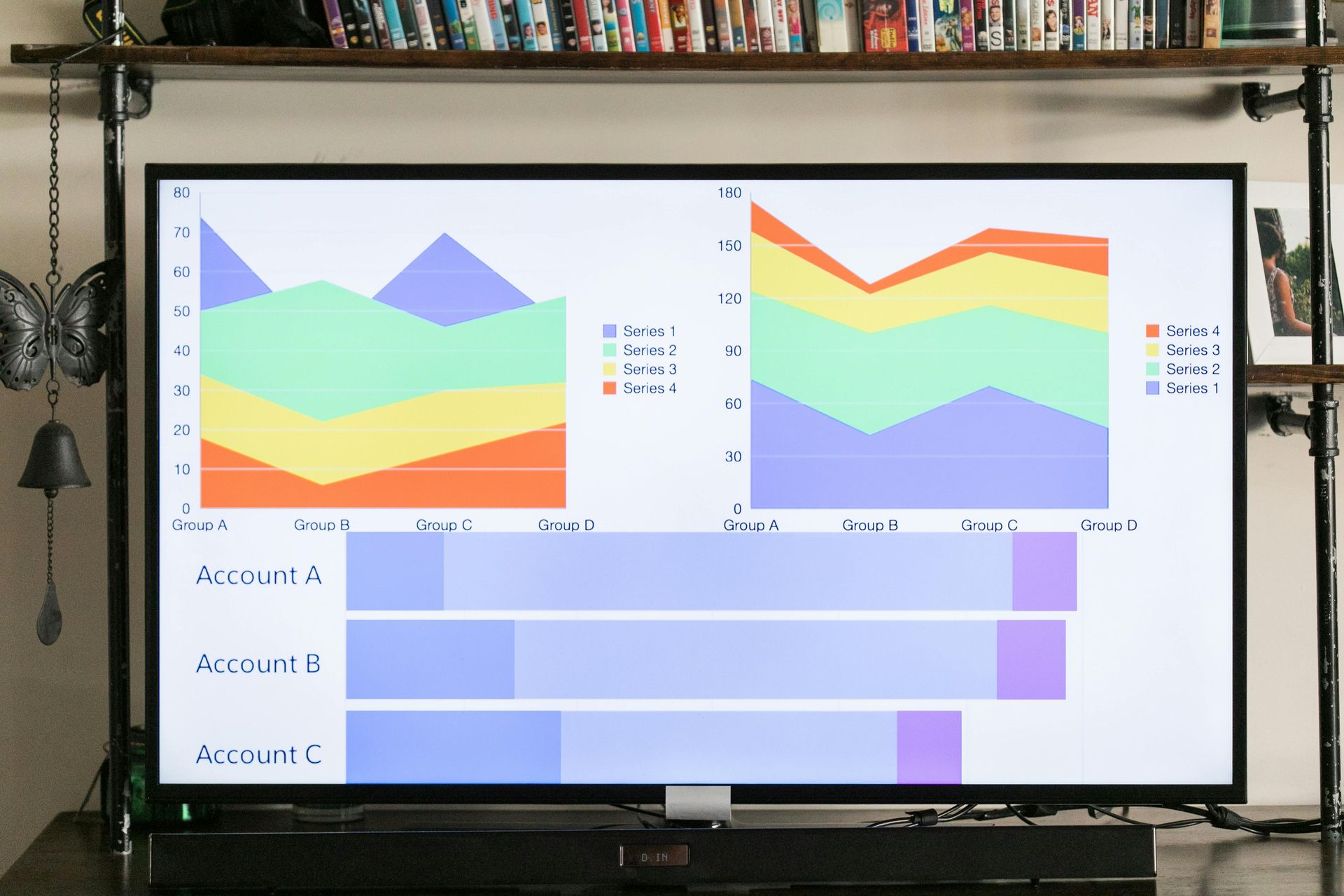How to Stay on Track With Weight Loss During the Holidays
The holidays are supposed to be fun, but they can easily throw off your healthy routine. Travel, parties, special meals, and long to-do lists make it easy to eat more and move less. Many people tell themselves they will “start again in January,” but that mindset usually leads to weight gain and frustration. The good news is that you can enjoy the season and still stay in control, especially if you are using a medical weight-loss plan, semaglutide, or tirzepatide.
GLP-1 medications like semaglutide and tirzepatide help people feel full sooner and reduce cravings. During the holidays, that can make a big difference. You may notice that you are less tempted to snack, graze, or go back for seconds. These medicines support your progress, but they work best when paired with simple habits you can follow even when your schedule is busy.
One of the most helpful habits is eating a protein-rich breakfast. Starting the day with twenty to thirty grams of protein keeps your blood sugar steady and lowers the chance of overeating later. This is especially important for people on GLP-1s, because the medicines can sometimes lower appetite so much that it becomes easy to skip meals without meaning to. A steady eating routine protects your metabolism and makes the rest of the day easier to manage.
The next challenge is the holiday environment itself. Most holiday events are filled with high-calorie foods, desserts, cocktails, and “just one more bite” pressure from friends and family. Going in with a simple plan makes a big difference. Some patients stick to one plate. Others focus on protein first—turkey, chicken, seafood, lean beef—and treat everything else as optional. GLP-1 medications often make large portions uncomfortable anyway, so listening to your body usually leads to the right choice.
Movement also matters. You do not need long workouts to stay on track. Even a ten- or twenty-minute walk after a big meal helps control blood sugar and improves energy. If you are traveling, short body-weight exercises in your hotel room or a quick outdoor walk can keep you consistent. The goal is not perfection. The goal is to keep your routine alive.
Most importantly, avoid the all-or-nothing mindset. One holiday meal will not undo months of progress. What hurts people is several days in a row of uncontrolled eating. If you stay consistent with your medication, drink enough water, get protein throughout the day, and keep some movement in your routine, you will likely maintain your weight—or even lose some—during the holiday weeks.
Patients often describe the holidays as the first time they felt “in control” around food in years. That confidence matters. With semaglutide or tirzepatide, support from an obesity-medicine provider, and the right daily habits, the holiday season becomes easier to manage. You can still enjoy your traditions without feeling like you have to give up your goals.
Medical weight loss should fit into your real life, not pull you out of it. The holidays are a busy time, but they do not have to be a setback. A little planning, steady medication use, and simple habits can carry you through the season and keep your progress moving in the right direction.
Click here if you want to get started today!
This post is not medical advice. Please consult a doctor before making any healthcare decisions.














